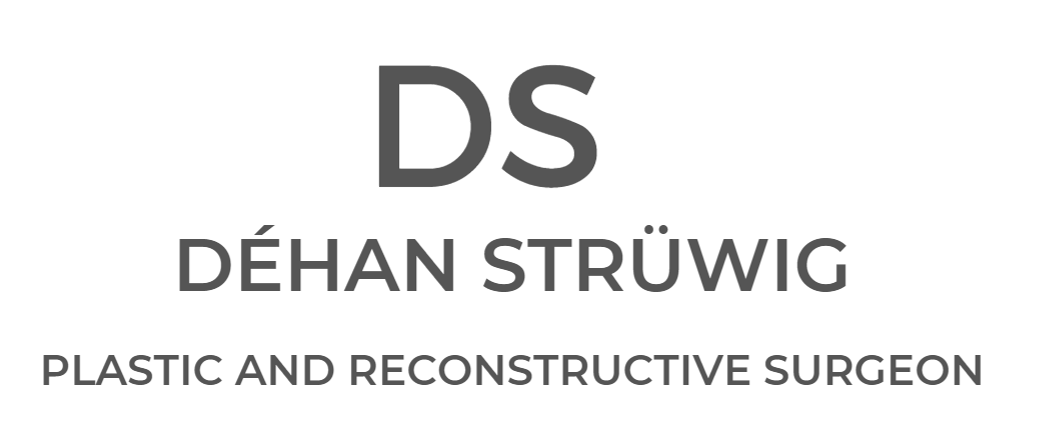Faces age due to several genetic and external factors that impact the underlying structures of bone, fat, muscle and tissue, as well as the “canvas” that covers your face (and indeed your body) – your skin.
This influences the approaches I will consider when embarking on a facial rejuvenation journey.
Patients often intuitively know what is required, but it helps to understand what each procedure addresses specifically. The treatments and procedures are discussed from least invasive to most invasive:
Professional skincare
Skincare should start at the age of 2. The best protection against aging is adequate sun protection by applying at least an SPF50 from age 2.
Sun protection is essential for the rest of your life. Supporting this with the correct products, ingredients, and specialized treatments will ensure healthy skin.
Skin quality concerns, such as pigmentation, rough texture, scarring, dull complexion, skin laxity, and large, open pores, cannot be addressed successfully by any other means but professional skincare.
There are many options, with various levels of complexity and downtime, and a consultation is best to explore your options.
Botox
Many myths and fallacies abound regarding Botox. Patients unnecessarily fear frozen faces, prominent fish-like lips, and all kinds of other imaginary mishaps.
As with all medical procedures, especially cosmetic procedures, the art and beauty of the treatment are in the hands of the artist (the surgeon or injector).
It is, therefore, sensible to be injected by someone experienced, well-trained, and with an artistic flair to achieve natural results.
A Botox specialist should understand facial anatomy and be experienced enough to adjust the number of units injected for each individual.
It is also essential to understand what Botox can and cannot do – Botox does not plump your lips, and the fat, fish lips you see on TV are not from Botox but dermal fillers. Botox does not add any volume to any area of the face. Instead, it makes all dynamic lines (those that move when you move your face, i.e. when you frown or smile) static – so that they no longer move and cause wrinkles.
Botox is, therefore, explicitly used to address fine lines and wrinkles that occur due to repeated facial movements.
Botox can also be injected to assist patients who grind their teeth, to address the platysmal bands of the neck, and to address excessive sweating of the axilla, arms, and feet.
Dermal fillers
Dermal fillers address the loss of facial volume (due to fat, muscle, and bone loss). It does not address dynamic lines and wrinkles – so if you sit in front of the mirror with a serious face – all those resting, deep lines can be addressed by dermal fillers.
Dermal fillers cannot address lots of excess skin but can improve slight skin droopiness.
Dermal filler technology has improved tremendously over the last couple of years. Specific dermal fillers have been developed to address particular problems. One can even address skin quality, finer lines, and wrinkles; volume can be added to many areas.
Dermal fillers are particularly popular for addressing cheek volume loss, lip volume loss, and the so-called barcode lines around the mouth and chin area.
Thread lifts
Thread lifts are a temporary solution for patients with slightly droopy skin who are not ready for a complete facelift. However, it would be incorrect to believe that a thread lift can be successfully used instead of a facelift.
Thread lifts are a non-surgical option for younger patients who want a slight pull for a fresher-looking face.
Surgery
Facial cosmetic surgery consists of an upper and/or lower eyelift (blepharoplasty), a facelift (rhytidectomy), a combination facelift and neck lift, or neck liposuction alone or combined with a neck lift. These procedures can be enhanced by adding fat grafting.
Most suitable patients for surgery are those with excess, loose skin of the upper eyelids, the face, or the neck, as no non-surgical procedures can address these issues effectively.

